Anyone passing Port of Aberdeen yesterday may have noticed an almost-200ft warship sailing into the harbour.
The impressive S/S Hestmanden is visiting the Granite City as part of Liberation Convoy – a month-long journey across the North Sea.
She is one of five Norwegian vessels taking part in the project to commemorate the 80th anniversary of VE Day.
“This is the first time she has left Norway in 60 years,” historian Ragnhild Bie told The Press and Journal.
Hestmanden has visited Lerwick, Stromness and Kirkwall in recent weeks with almost 10,000 people taking the opportunity to step onboard.
Now, those in the north-east can immerse themselves in the merchant cargo ship’s 114-year history.
‘This is a living museum’
The P&J was invited along for a tour led by Ragnhild and the ship’s captain, Hallvard Klungtveit.
“As far as we know, it’s the first time the ship has been in Aberdeen since during the war in April 1944,” he said.
“She knew her way in, she was steering perfectly, and we were met by dolphins.”
As we arrived, several people were already making their way around the vessel – soaking in the history and the sunshine.
Hestmanden is the only preserved Norwegian cargo vessel to have sailed in convoys during both the First World War and Second World War.
She now operates as a floating museum which is open during the summer in Norway.
“This is not just a museum building,” Captain Hallvard said. “This is a living museum.
“We have people living onboard, we have food cooking in the galley, we have heat in the engine room.
“She’s alive.”
Scottish engine keeps S/S Hestmanden running
The crew carry out maintenance during the winter, including on the engine which was built in Scotland in 1911.
“We try to keep everything as original as we can, all of the equipment and the engine,” Ragnhild said.
“We just have to update the radios and electronic maps to be safe and secure.”
Each year, volunteers dedicate around 18,000 hours to keep Hestmanden running smoothly.
Since the late 1940s, she has been fuelled by diesel which is manually fired up in the engine room.
“Per hour, she burns around 280 litres of diesel,” the captain shares. “She’s an expensive lady.”
From the wheelhouse and sailor’s cabins, to the lounge for first-class passengers and the captain’s salon, the public have access to much of the ship.
Visitors can truly immerse themselves in Hestmanden’s history, spending hours making their way around all of the displays.
One of the sections is dedicated to the Shetland Bus – the perilous route which Hestmanden travelled during the Second World War.
She and a group of fishing boats were used to smuggle soldiers, secret agents and freedom fighters between Nazi-occupied Norway and Shetland.
Ragnhild said: “For many Norwegians, Scotland became a home away from home.”
Hestmanden welcoming visitors in Aberdeen
“We hope visitors leave the ship having learnt something, Catain Hallvard added.
“A lot of young people were sailing during the war, some as young as 14, and we want to share that history with young people today.”
Captain Hallvard, Ragnhild and all the other crew members are looking forward to welcoming more visitors onboard and sharing more of Hestmanden’s stories.
Early in her life, the merchant cargo ship gained the nickname: “the lucky ship”.
The historian explained: “Hestmanden was attacked outside of Swansea by a German bomber that flew so low it knocked out the mast.
“They dropped several bombs but they all missed, so Hestmanden has been called “the lucky ship” since.”
Hestmanden is open to the public on Wednesday, Thursday and Friday this week between 11am and 5pm.
“The convoy has been great,” Ragnhild said. “Aberdeen and Norway still have a very close connection today.
“We’re honoured to come here and continue that relationship.
“It’s been so much fun having school children and visitors onboard.
“Hopefully we’ll be able to come again – sooner than another 80 years!”
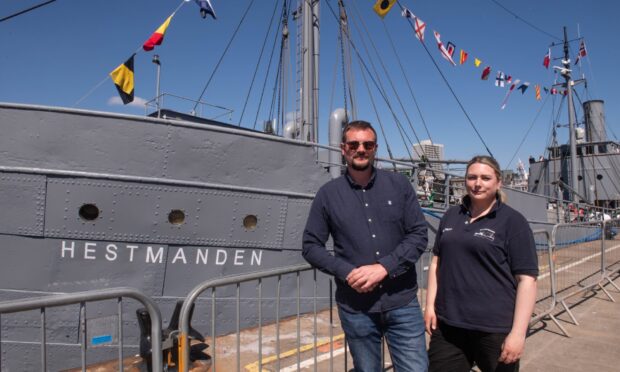
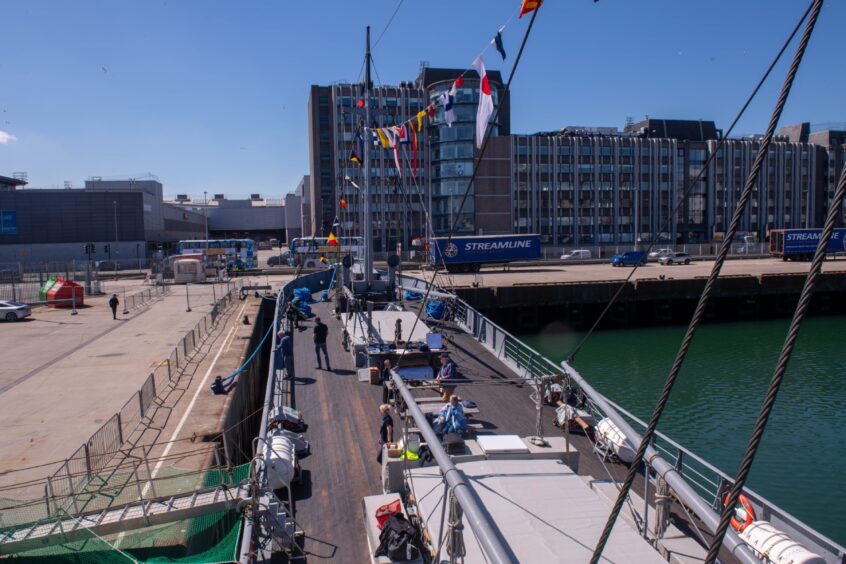
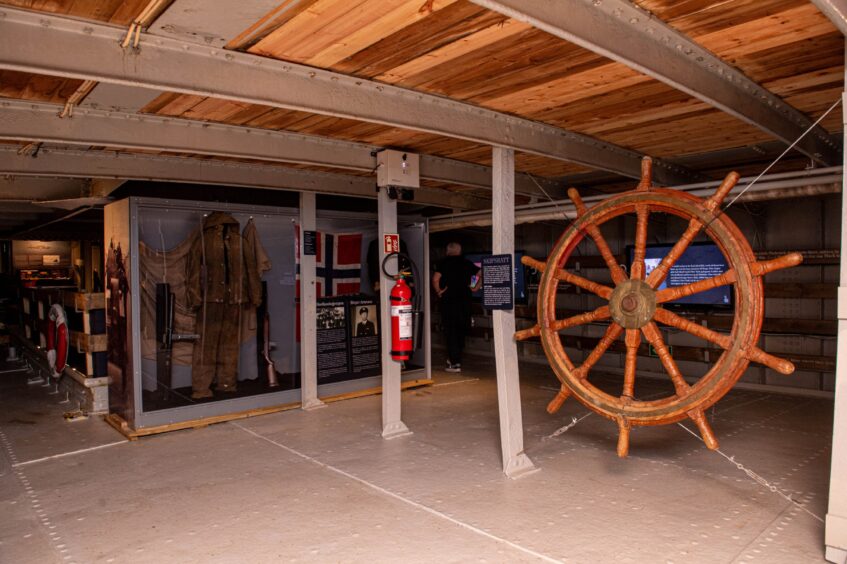
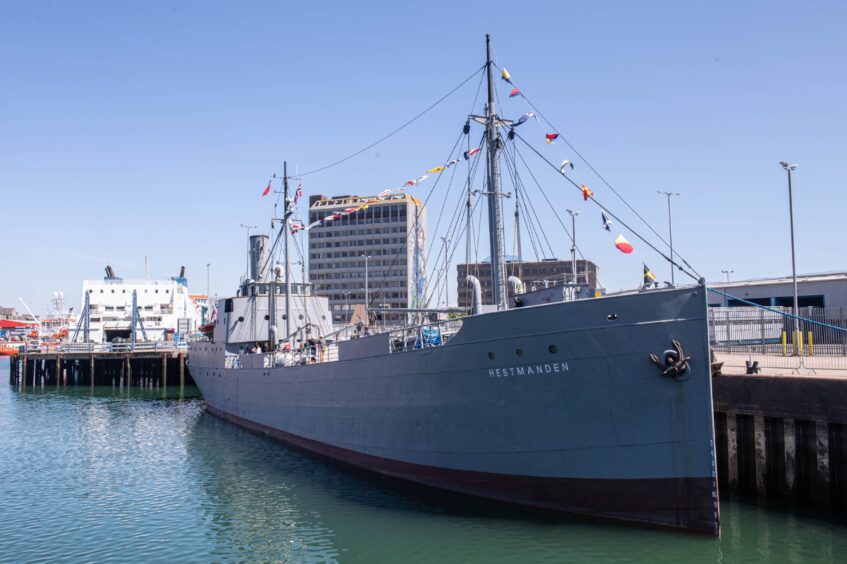
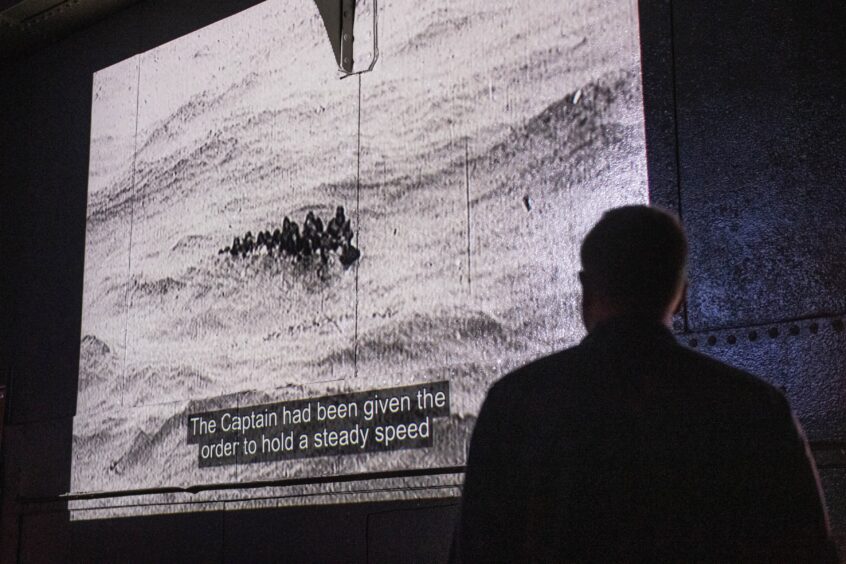
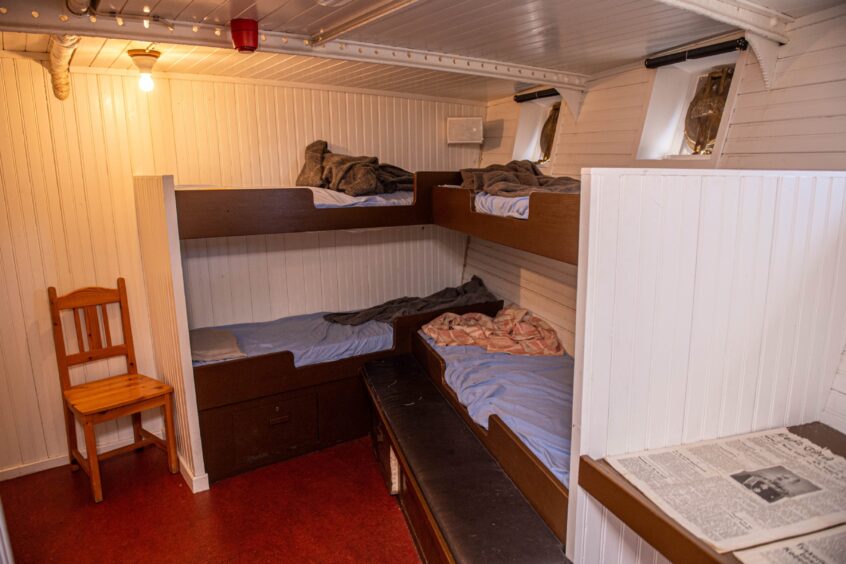
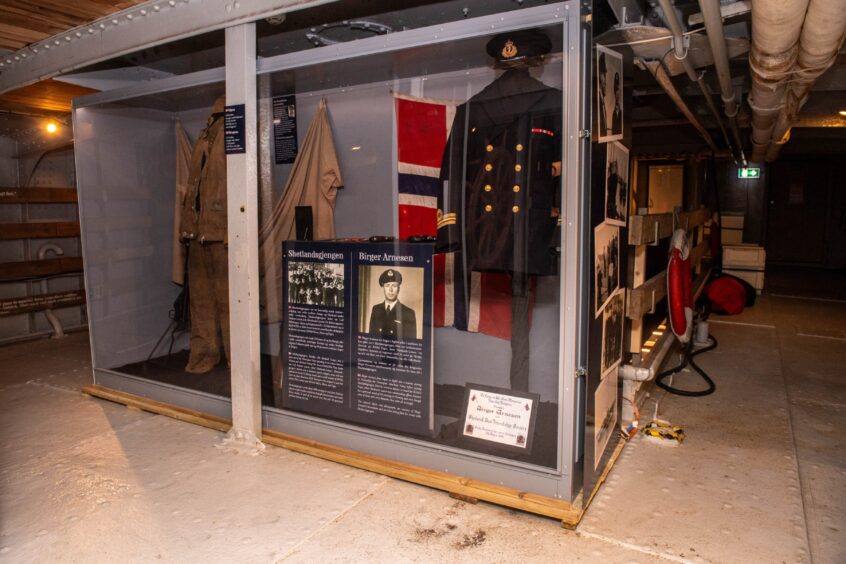
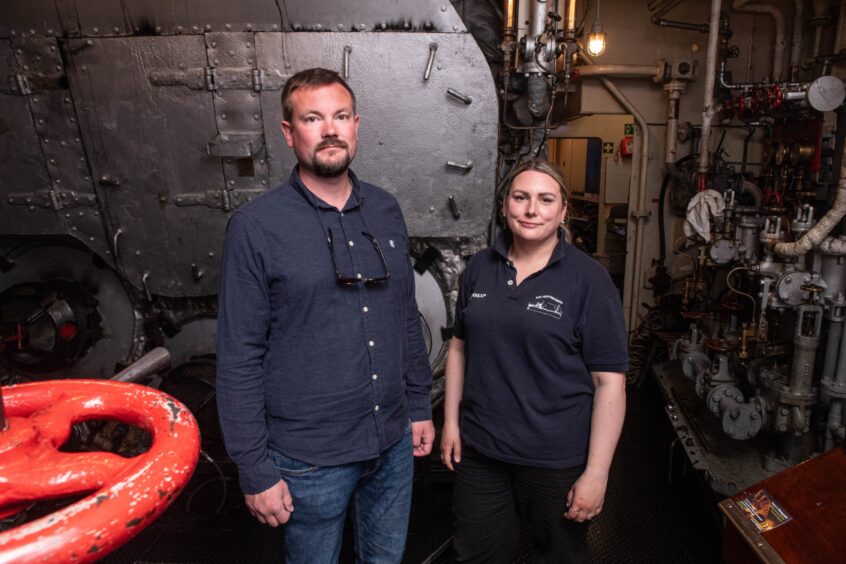
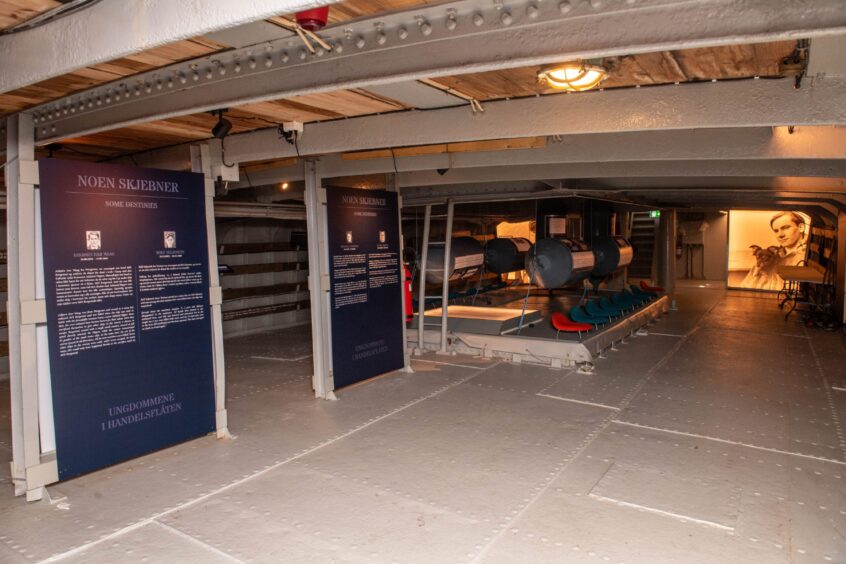
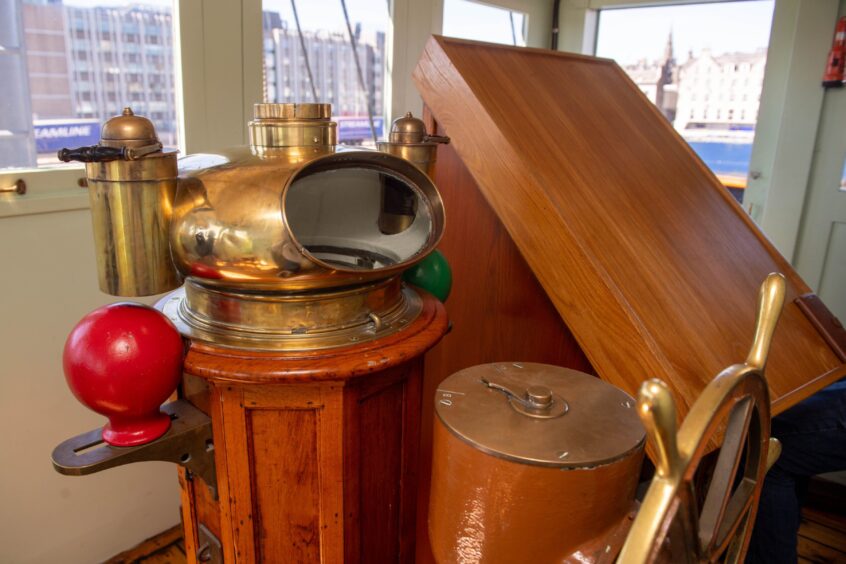
Conversation